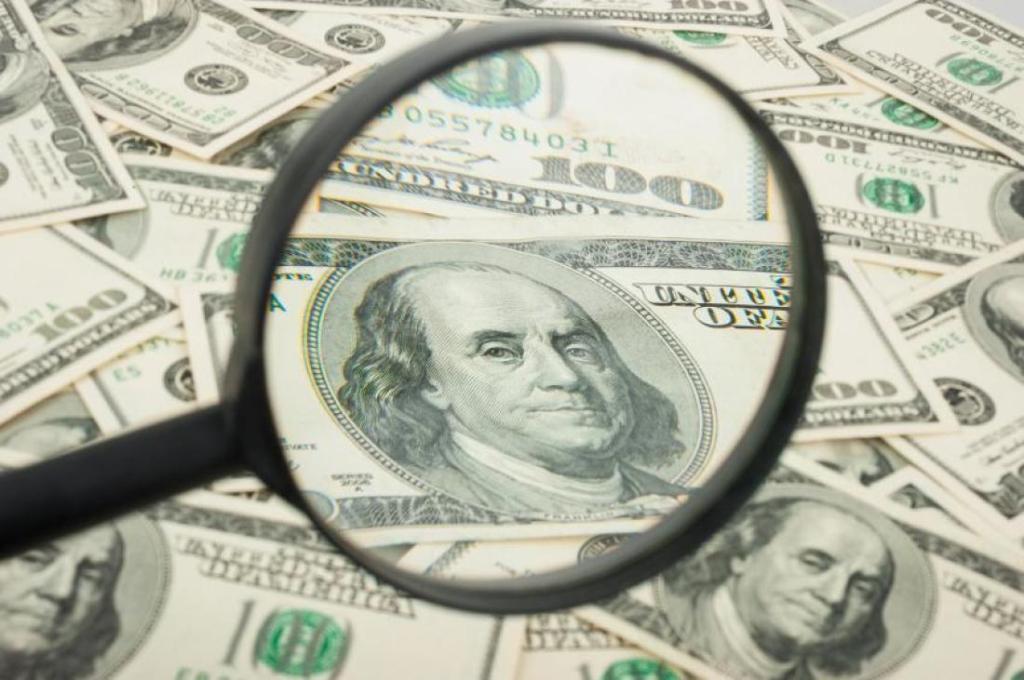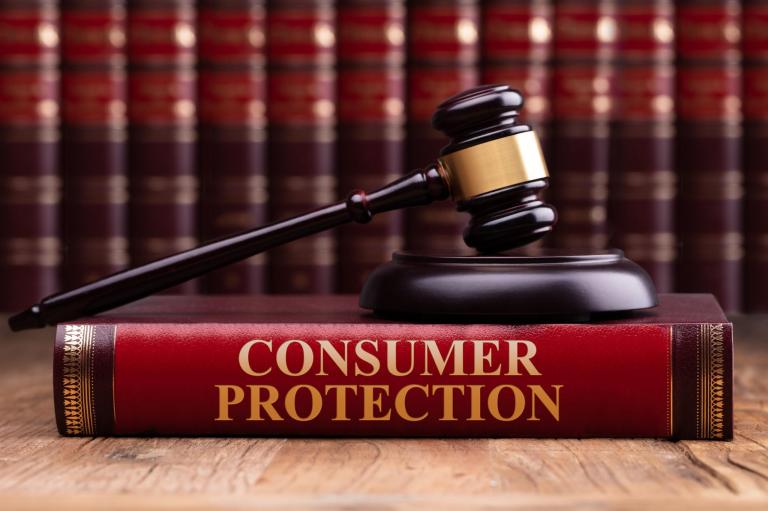
In the complex tapestry of criminal law, certain acts emerge as particularly intriguing due to their clandestine nature and far-reaching implications. One such facet that demands meticulous scrutiny is the realm of Criminal Offences, specifically the intricate web of counterfeiting crimes. Delving into this labyrinthine domain reveals a world where deception and imitation converge, posing a formidable challenge to the fabric of societal order.
Counterfeiting Crime Criminal Offences Act
Counterfeiting crimes, as delineated within the ambit of the Criminal Offences Act, encompass a spectrum of illicit activities that revolve around the creation, distribution, and dissemination of counterfeit goods. These nefarious endeavors involve the production of replicas or imitations of authentic products, often bearing trademarks, logos, or designs that mimic legitimate brands. Counterfeiters weave an intricate tapestry of deception, exploiting unsuspecting consumers and posing substantial economic and social repercussions.
Crafting the Criminal Offences Act Facade
At the heart of counterfeiting crimes lies the art of crafting deceptive imitations that often blur the line between authenticity and forgery. Counterfeiters deploy a range of techniques to replicate the appearance, packaging, and branding of genuine products with uncanny precision. This elaborate charade can extend to various industries, from luxury fashion to pharmaceuticals, electronic gadgets to currency notes, leaving consumers vulnerable to unwittingly engage with sham merchandise.
Economic Undercurrents: A Cascade of Ramifications
The web of counterfeiting crimes ripples across economic landscapes, triggering a cascade of ramifications that reverberate far beyond the surface. The deceptive allure of counterfeit goods can erode the market share of legitimate businesses, thwart innovation, and stifle healthy competition. The resulting economic loss can be staggering, rendering genuine manufacturers and entrepreneurs grappling with substantial setbacks.
Criminal Offences Act Counterfeiting and Consumer Safety
Counterfeiting crimes extend their sinister reach beyond mere economic consequences, encroaching upon the realm of consumer safety. Counterfeit pharmaceuticals, for instance, can pose life-threatening risks, with substandard ingredients or incorrect dosages jeopardizing the health and well-being of unsuspecting individuals. The criminal underbelly of counterfeiting exploits the trust consumers place in brands, leading to dire repercussions that extend into the realm of public health.
Navigating the Legal Landscape: The Criminal Offences Act
The Criminal Offences Act stands as a bastion against the tide of counterfeiting crimes, wielding legal mechanisms to safeguard societal order and economic integrity. This legislation designates counterfeiting as a criminal offense, empowering law enforcement agencies to pursue perpetrators and bring them to justice. The Act embodies the collective resolve to stem the tide of deception and protect the rights of both businesses and consumers.
Investigation and Prosecution: The Pursuit of Justice
In the realm of counterfeiting crimes, investigation and prosecution emerge as formidable tools in the arsenal of justice. Law enforcement agencies, in collaboration with specialized units and industry stakeholders, diligently track down counterfeiting operations, unraveling their intricate networks. The pursuit of justice extends to apprehending those involved in the production, distribution, and sale of counterfeit goods, holding them accountable for their illicit actions.
Criminal Offences Act Collaboration and Awareness
The fight against counterfeiting crimes transcends legal confines, necessitating a multifaceted approach that encompasses collaboration, awareness, and education. Government agencies, law enforcement bodies, businesses, and consumers join forces to raise awareness about the perils of counterfeit goods. Initiatives aimed at educating consumers to identify genuine products, coupled with stricter regulatory measures, fortify the barricades against counterfeiting’s advance.
Emerging Technologies: Swords of Authenticity
In a landscape marked by innovation, emerging technologies wield the sword of authenticity against the scourge of counterfeiting crimes. Cutting-edge solutions, such as blockchain technology and digital authentication, empower consumers to verify the provenance of products and detect counterfeit items. This integration of technology serves as a formidable deterrent to counterfeiters, challenging their efforts to mimic authenticity.
Conclusion
As the intricate dance between counterfeiters and the legal system unfolds, the significance of the Criminal Offences Act becomes evident in its resolute stance against counterfeiting crimes. In a world where imitation seeks to undermine authenticity, the Act serves as a sentinel, safeguarding economic integrity, consumer trust, and public safety. By upholding the tenets of justice and collaboration, society endeavors to preserve its integrity and thwart the machinations of deception, ensuring that the intricate tapestry of commerce remains woven with threads of authenticity.






